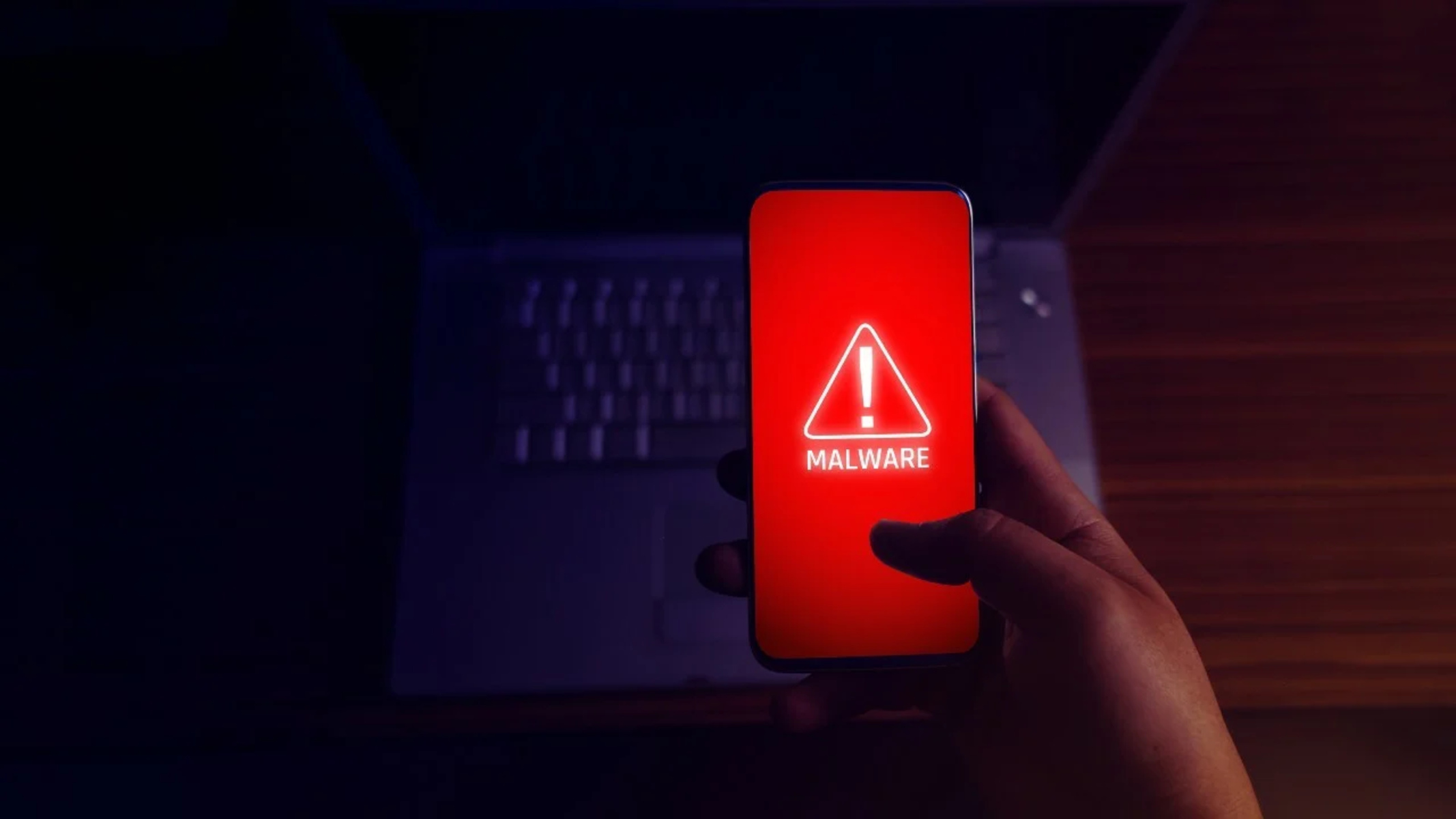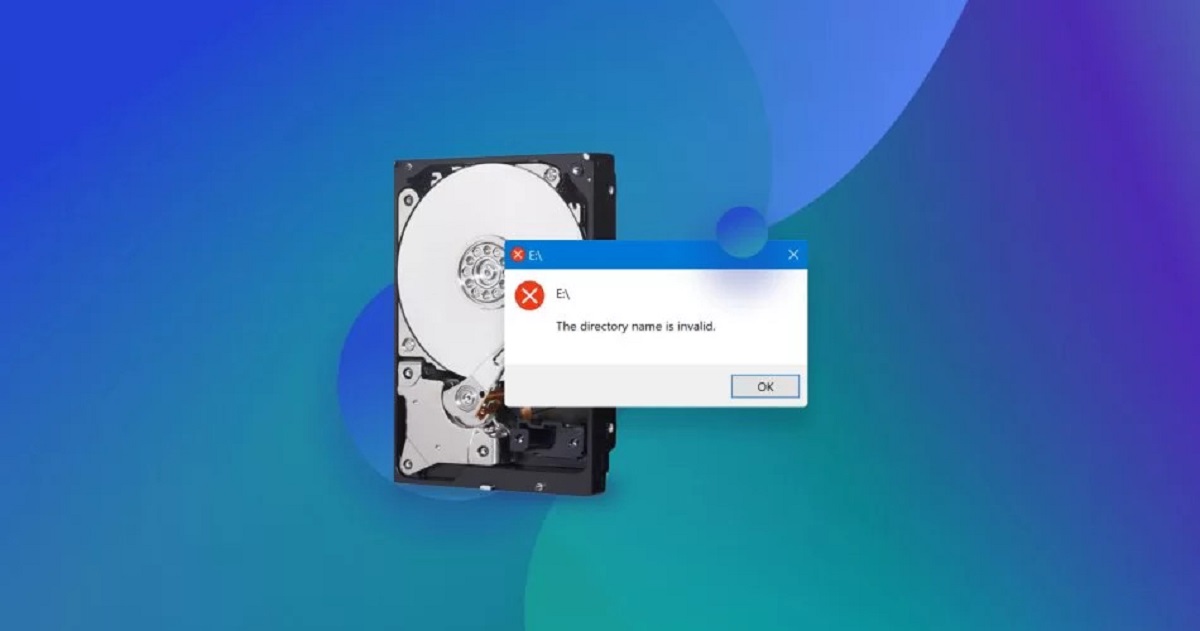Signs that your smartphone may have a virus
Your smartphone is an important part of your daily life, helping you stay connected and organized. But just like any other device connected to the internet, it is susceptible to viruses and malware.
So how can you tell if your smartphone has been infected with a virus? Here are some common signs to watch out for:
- Decreased performance: If you notice that your smartphone is suddenly running slower than usual, it could be a sign of a virus. Viruses can consume system resources, causing your device to lag or freeze.
- Excessive data usage: A sudden increase in data usage can indicate that a virus is running in the background and using your data without your knowledge. If you notice a significant spike in data usage, even when you’re not using your phone, it’s worth investigating.
- Unusual battery drain: If your smartphone’s battery is draining faster than usual, it could be due to a virus. Malware often runs processes in the background, which can consume more power and lead to quicker battery depletion.
- Strange pop-ups or ads: Viruses can cause unwanted ads or pop-ups to appear on your smartphone, even when you’re not using any specific apps. If you see an increase in intrusive advertisements, especially from unfamiliar sources, it could be a sign of a virus infection.
- Unexplained behavior: If your smartphone starts behaving erratically, such as freezing, crashing, or automatically opening and closing apps, it could be indicative of a virus. Malware can take control of your device and manipulate its functions without your consent.
If you notice any of these signs, it’s essential to take action to protect your device and your personal information. In the following sections, we’ll explore how viruses can affect your smartphone, common ways devices get infected, as well as steps to check for and remove viruses from your smartphone.
How viruses can affect your smartphone
Viruses can have a significant impact on your smartphone, compromising its performance, privacy, and security. Understanding how viruses can affect your device is crucial in taking the necessary steps to protect yourself. Here are some ways viruses can harm your smartphone:
- Data theft: A virus-infected smartphone becomes vulnerable to data theft. Cybercriminals can access personal information such as passwords, banking details, and sensitive documents stored on your device. This information can then be used for identity theft or financial fraud.
- Unauthorized access: Viruses can give hackers remote access to your smartphone, allowing them to control your device without your knowledge. They can eavesdrop on your conversations, track your location, or even use your smartphone as a gateway to launch further attacks on other devices or networks.
- Financial loss: Some viruses are designed to exploit your smartphone for financial gain. They can secretly initiate premium services, make unauthorized purchases, or generate fraudulent clicks on ads, leading to unexpected charges on your phone bill.
- Disruption of functionality: Viruses can disrupt your smartphone’s functionality by causing it to freeze, crash, or become unresponsive. This can make it difficult to use your device for everyday tasks and may require professional intervention to resolve the issue.
- Spreading to other devices: If your smartphone is infected with a virus, there is a risk of it spreading to other connected devices. For example, viruses can spread through email attachments, Bluetooth connections, or compromised Wi-Fi networks, putting your other devices at risk.
It’s important to realize that viruses not only pose a threat to your smartphone but also to your personal and financial well-being. By understanding the potential consequences, you can take proactive measures to safeguard your device and mitigate the risks associated with virus infections.
Common ways smartphones get infected with viruses
Smartphones have become an essential part of our lives, and unfortunately, they are also prime targets for viruses and malware. Understanding the common ways smartphones get infected can help you avoid these risks. Here are some prevalent methods by which smartphones get infected with viruses:
- Malicious apps: Downloading apps from untrusted sources, such as third-party app stores or unauthorized websites, can increase the likelihood of downloading infected apps. These malicious apps are often disguised as legitimate ones, making it crucial to stick to official app stores like Google Play Store or Apple App Store.
- Phishing attacks: Phishing attacks involve tricking users into revealing their personal information, such as passwords or credit card details, by posing as trustworthy entities. Emails, text messages, or pop-up ads that urge you to click on suspicious links or provide sensitive information can lead to downloading malware onto your device.
- Infected websites: Visiting compromised or malicious websites can expose your smartphone to drive-by downloads. These downloads occur automatically without your consent or knowledge, infecting your device with viruses or malware.
- Bluetooth vulnerabilities: Bluetooth connections can also be a point of vulnerability, allowing viruses or malware to spread between devices. It’s important to keep your Bluetooth settings set to “non-discoverable” when not in use and only pair your smartphone with trusted devices.
- Network vulnerabilities: Connecting to unsecured Wi-Fi networks or using public Wi-Fi hotspots without proper security measures can expose your smartphone to potential attacks. Hackers can intercept data transmissions or inject malware into your device without your knowledge.
Protecting your smartphone from viruses requires a proactive approach. By being cautious about the apps you download, staying vigilant against phishing attempts, and taking necessary precautions when connecting to networks or visiting websites, you can significantly reduce the risk of getting your smartphone infected.
How to check if your smartphone has a virus
It’s essential to regularly check your smartphone for viruses to ensure the security and optimal performance of your device. Here are some steps to help you determine if your smartphone has been infected:
- Observe unusual behavior: Pay attention to any abnormal behavior exhibited by your smartphone, such as sudden crashes, freezes, or apps opening and closing on their own. These erratic behaviors could be indicators of a virus or malware infection.
- Monitor data usage: Keep track of your data usage to detect any significant spikes. If you notice a sudden increase in data consumption, even when you’re not actively using your phone, it may indicate that a virus is running in the background.
- Check battery performance: If your smartphone’s battery is draining faster than usual, without any significant increase in usage, it could be a sign of a virus. Malware often runs background processes that consume more power, leading to quicker battery depletion.
- Scan for malware using antivirus apps: Install a reputable antivirus app from a trusted source and perform a scan of your smartphone. These apps can detect and remove malicious software from your device. Run regular scans to ensure ongoing protection.
- Inspect installed apps: Review the apps installed on your smartphone and check for any unfamiliar or suspicious apps. Remove any apps that you don’t remember installing or that have poor reviews or unusual permissions.
- Check for unusual data or call history: Examine your smartphone’s data history and call logs for any strange or unfamiliar entries. Unexplained data transfers or calls to unknown numbers could be signs of a virus or malware activity.
- Stay updated: Keep your smartphone’s operating system, as well as your installed apps, up to date with the latest security patches and updates. These updates often include bug fixes and security enhancements that can help protect against viruses.
By regularly performing these checks and taking preventive measures, you can ensure the early detection of viruses on your smartphone and effectively safeguard your device from potential threats.
Steps to remove a virus from your smartphone
Discovering that your smartphone has a virus can be unsettling, but taking prompt action can help mitigate the damage. Here are the steps to effectively remove a virus from your device:
- Enter safe mode: Start by rebooting your smartphone in safe mode. This mode disables all third-party apps, allowing you to identify and remove the virus without interference.
- Uninstall suspicious apps: Go to the app settings on your smartphone and uninstall any suspicious or unfamiliar apps. Pay close attention to apps that you don’t remember installing or those that have poor ratings or intrusive behavior.
- Clear cache and data: Clear the cache and data of the apps that you suspect may be infected. This process will remove any temporary files or saved data that could be harboring the virus.
- Run a virus scan: Install a reputable antivirus app from a trusted source and run a complete scan of your smartphone. The antivirus app will identify and remove any malicious software it detects.
- Update your operating system and apps: Ensure that your smartphone’s operating system and all installed apps are up to date. Manufacturers frequently release security patches and bug fixes that can help protect your device from future infections.
- Change your passwords: As an extra precaution, change the passwords for your important accounts, such as email, social media, and online banking accounts. This step prevents potential unauthorized access by any lingering viruses.
- Restore from a backup: If you have a recent backup of your smartphone’s data, consider restoring your device to its factory settings. This will wipe out all data, including viruses, and restore your smartphone to a clean state.
- Regularly scan for viruses: After removing the virus, make it a habit to regularly scan your smartphone for viruses using an antivirus app. This proactive approach will help you detect and address any potential threats early on.
Following these steps diligently can help remove the virus from your smartphone and ensure the safety and integrity of your device. Remember to exercise caution when downloading apps or clicking on unfamiliar links in the future to prevent future infections.
Tips to prevent your smartphone from getting infected again
Preventing your smartphone from getting infected with viruses or malware is crucial for maintaining the security and smooth operation of your device. Here are some important tips to help you protect your smartphone from future infections:
- Download apps from trusted sources: Stick to official app stores, like Google Play Store or Apple App Store, to download apps. These platforms have strict security measures in place, reducing the risk of downloading infected apps.
- Read app reviews and check ratings: Before downloading an app, read user reviews and check app ratings to ensure its authenticity and reliability. Avoid apps with poor reviews or ratings, as they may pose a higher risk of containing viruses or malware.
- Be cautious with app permissions: Pay attention to the permissions requested by apps during installation. Avoid granting excessive or unnecessary permissions that could potentially compromise your data or privacy.
- Enable app updates: Keep your smartphone’s operating system and installed apps up to date by enabling automatic updates. Developers often release security patches and bug fixes that help protect your device from vulnerabilities.
- Install reputable antivirus software: Choose a reliable antivirus app from a trusted source and regularly scan your smartphone for viruses. Antivirus software can detect and remove malicious software, providing an extra layer of protection.
- Use secure Wi-Fi connections: When connecting to public Wi-Fi networks, ensure they are secure by using a virtual private network (VPN) or accessing trusted networks. Unsecured networks can expose your smartphone to potential attacks.
- Exercise caution with links and emails: Be cautious when clicking on links or opening emails from unknown sources. Avoid interacting with spam emails, suspicious attachments, or phishing attempts that may contain viruses or malware.
- Enable app verification: Enable app verification on your smartphone settings. This feature verifies the authenticity of apps installed on your device, providing an extra layer of protection against potentially harmful apps.
- Regularly back up your data: Regularly back up your smartphone’s data to a secure cloud storage or external device. In case of a virus infection or any other issues, you can easily restore your data without losing important information.
- Stay informed: Stay updated on the latest security threats and best practices to protect your smartphone. Be aware of new viruses or phishing techniques, and educate yourself on how to avoid falling victim to them.
By implementing these tips, you can greatly reduce the risk of your smartphone getting infected and ensure the long-term security and performance of your device. Being proactive and vigilant about smartphone security is essential in the modern digital landscape.
Importance of keeping your smartphone’s operating system up to date
Keeping your smartphone’s operating system (OS) up to date is crucial for the optimal performance, security, and functionality of your device. Here are some key reasons why you should prioritize updating your smartphone’s OS:
- Security enhancements: OS updates often include important security patches that address vulnerabilities and protect your device from malware, viruses, and other security threats. By staying up to date, you minimize the risk of your smartphone falling prey to cyberattacks.
- Bug fixes and stability improvements: OS updates also address software bugs and stability issues that may cause crashes, freezes, or other performance problems on your smartphone. These updates improve the overall user experience by ensuring smoother operation and minimizing disruptions.
- New features and functionality: OS updates often introduce new features, enhancements, and optimizations that can enhance the functionality and usability of your smartphone. These updates may bring improvements in battery life, user interface, multitasking, and overall user experience.
- Compatibility with new apps and technologies: Updated operating systems ensure compatibility with the latest apps and technologies. By upgrading your OS, you can take advantage of new app features, access the latest security frameworks, and enjoy a broader range of device compatibility.
- Fixes for known performance issues: Manufacturers and developers often release OS updates to address known performance issues reported by users. By installing these updates, you can experience a noticeable boost in performance and resolve issues that may be affecting your smartphone’s speed or responsiveness.
- Protection against known vulnerabilities: As new security vulnerabilities are discovered, OS updates are released to address these issues. By not updating your smartphone’s OS, you leave your device exposed to known vulnerabilities and potentially become an easy target for hackers and malicious actors.
- Adherence to industry standards: Regularly updating your smartphone’s OS ensures that your device meets the latest industry standards and regulations. This can be important, especially if you use your smartphone for work or handle sensitive information.
By regularly updating your smartphone’s operating system, you not only ensure a safer and more stable experience but also keep your device up to date with the latest features and advancements in technology. It’s important to make OS updates a priority and stay proactive in maintaining your smartphone’s security and performance.
Best antivirus apps for smartphones
With the increasing threats of viruses and malware targeting smartphones, having a reliable antivirus app installed on your device is essential. Here are some of the best antivirus apps available for smartphones:
- Avast Mobile Security: Avast is a popular antivirus app that offers excellent malware detection rates and a wide range of security features. It includes features like real-time scanning, anti-theft tools, app locking, and Wi-Fi security scanning.
- Bitdefender Mobile Security: Bitdefender is another top-rated antivirus app known for its powerful security capabilities. It provides real-time scanning, anti-theft features, web protection, and a VPN for secure browsing.
- Norton Mobile Security: Norton is a trusted name in the cybersecurity industry, and its mobile security app offers robust protection for smartphones. It includes features like malware scanning, web protection, Wi-Fi security, and anti-theft tools.
- Kaspersky Mobile Antivirus: Kaspersky is known for its advanced antivirus technology, and its mobile app delivers excellent protection against malware and other threats. It offers features like real-time scanning, phishing protection, and anti-theft tools.
- McAfee Mobile Security: McAfee is a well-established name in cybersecurity, and its mobile security app offers comprehensive protection for smartphones. It includes features like malware scanning, privacy protection, anti-theft tools, and Wi-Fi security.
- AVG AntiVirus: AVG is a popular antivirus app that provides solid protection against viruses, malware, and other threats. It offers features like malware scanning, app locking, anti-theft tools, and Wi-Fi security.
- Trend Micro Mobile Security: Trend Micro is known for its advanced threat detection capabilities, and its mobile security app delivers strong protection for smartphones. It offers features like malware scanning, privacy protection, web protection, and anti-theft tools.
These antivirus apps offer a range of features to protect your smartphone from viruses, malware, and other security threats. It’s important to choose an app that suits your specific needs and preferences.
Remember to regularly update your antivirus app to ensure you have the latest virus definitions and security features. Additionally, it’s recommended to use only one reputable antivirus app on your smartphone to avoid conflicts and optimize performance.
Keep in mind that while antivirus apps provide an important layer of protection, they should be complemented with safe online practices and overall device security measures to ensure comprehensive smartphone protection.

























